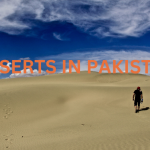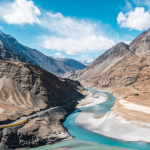An Overview of the Stunning Swat Valley
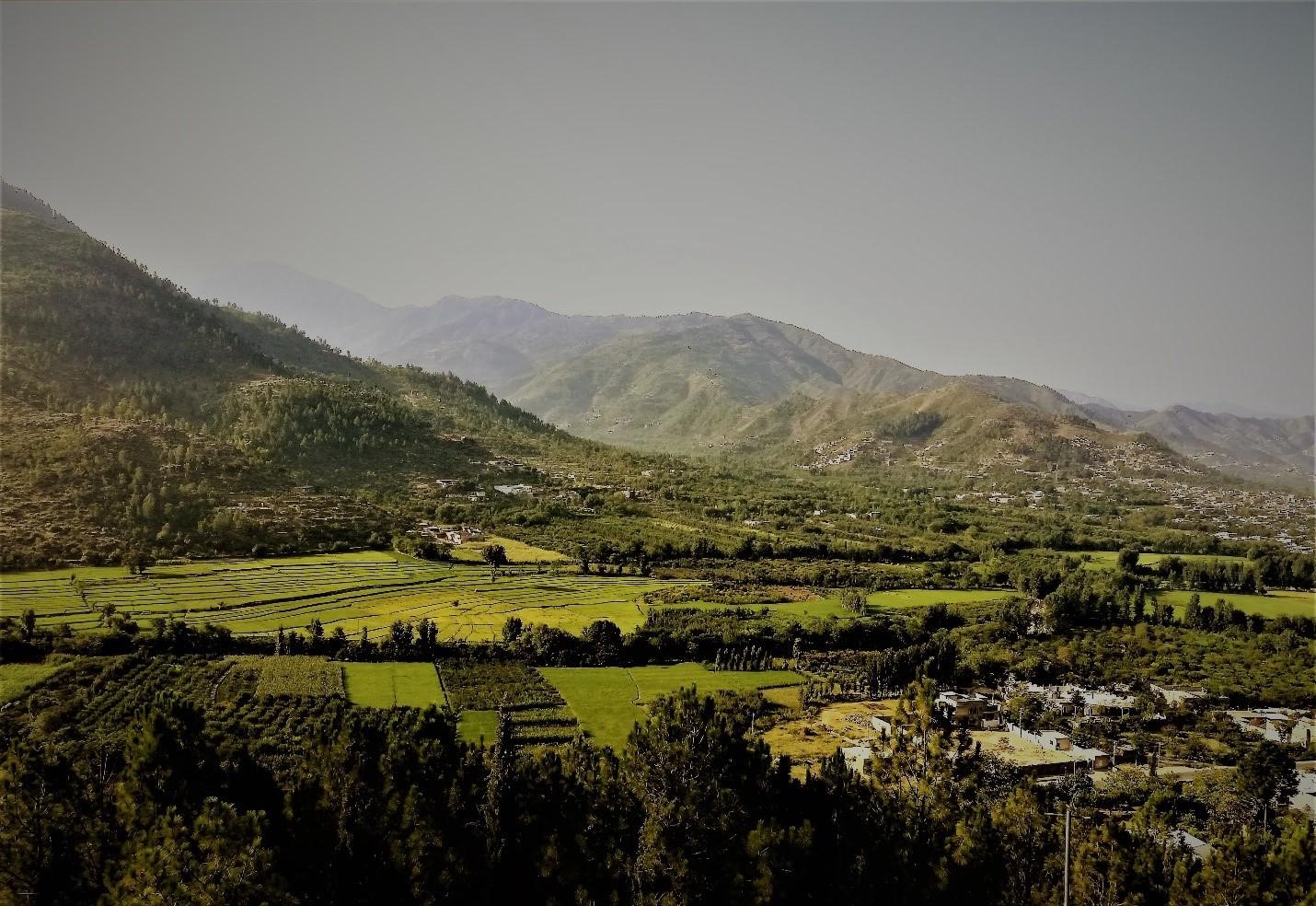
The Swat Valley in Khyber Pakhtunkhwa, Pakistan, is renowned for its breathtaking natural beauty and historical significance. Known as the “Switzerland of the East,” this region boasts incredible landscapes, ancient Buddhist ruins, and vibrant local culture. From the bustling city of Mingora Swat to the serene spots in Swat Kalam, this guide provides an overview of what to expect during your visit.
Getting to Swat
| Route | Distance | Travel Time |
| Islamabad to Swat | 239 kilometers via AH1/ M1, M16 | 3.5 hours |
| Lahore to Swat | 581 kilometers via M2 | 7 hours |
| Peshawar to Swat | 200 kilometers via AH1/ M1, M16 | 3 hours |
| Mingora Swat (Airport) | 6.2 kilometers via Saidu Sharif Airport road | 17-20 minutes |
Weather in Swat
The Swat weather varies significantly with the seasons. Summer temperatures can soar up to 30°C (86°F), while winters can be quite cold, dropping to around 0°C (32°F).
| Location | Summer | Winter |
| Mingora Swat | 20°C to 30°C (68°F to 86°F) | 0°C to 10°C (32°F to 50°F) |
| Charbagh Swat | 15°C to 25°C (59°F to 77°F) | -5°C to 5°C (23°F to 41°F) |
| Bahrain Swat | 10°C to 20°C (50°F to 68°F) | -10°C to 5°C (14°F to 41°F) |
Major Attractions of Swat
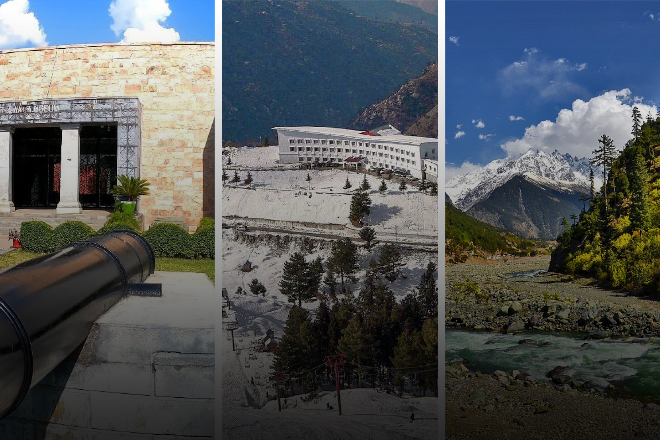
Mingora is the largest city in the valley, offering a mix of modern amenities and cultural heritage. Key attractions include the Swat Museum, which showcases the region’s rich history and ancient artifacts, including Gandharan sculptures and Buddhist relics.
Malam Jabba Swat is famous for its ski resort, so the best time to visit there is from September to November or from March to May. During these months it is ideal to enjoy mild weather and other outdoor activities.
Kalam Valley is a must-visit for nature lovers, featuring lush green meadows, the scenic Mahodand Lake, and dense forests. This area is ideal for trekking, camping, and fishing.
Tourist Places in Swat
Matta Swat and Swat Kalam are renowned for their stunning landscapes and serene atmospheres.
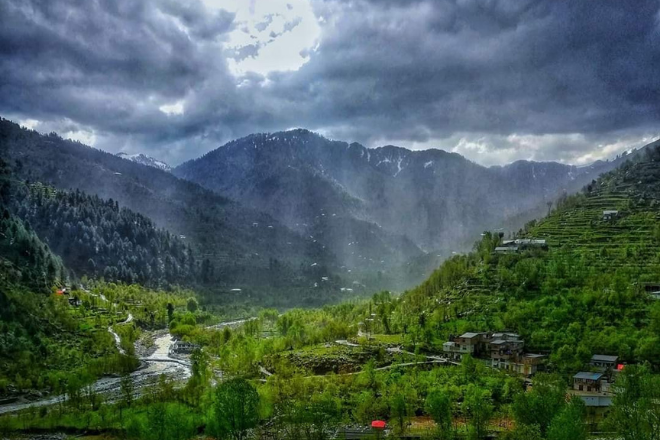
- Matta Swat: This area is famous for its lush green fields and charming local culture. Visitors can explore historic sites such as the ancient Buddhist ruins, which reflect the region’s rich heritage. The town’s market is vibrant, offering local crafts and traditional foods.
- Swat Kalam: Known for its breathtaking beauty, features scenic meadows and majestic mountains. It is an excellent spot for outdoor activities like hiking and fishing. The area is also home to Mahodand Lake, a crystal-clear lake surrounded by snow-capped peaks, perfect for camping and nature walks.
Both locations offer unique experiences, whether you’re interested in history, nature, or simply enjoying the tranquil environment.
Waterfalls of Swat Valley
Swat is celebrated for its numerous waterfalls, with over 20 notable ones scattered throughout the region. Swat Valley is home to numerous waterfalls, each offering a stunning display of natural beauty. While not all are widely known or named, here are some of the more recognized waterfalls in the region:
- Jarogo Waterfall (also known as Jarogo Banda Waterfall) – Often considered the highest waterfall in Pakistan.
- Shingrai Waterfall – Located near Mingora, it is easily accessible and popular among tourists.
- Shahdara Waterfall – Found in Shahdara Valley, it is surrounded by lush green scenery.
- Saidgai Waterfall – Located in the scenic Utror Valley.
- Bishigram Waterfall – Situated in Bishigram Valley, known for its serene environment.
- Chukail Banda Waterfall – A lesser-known but beautiful spot in Utror Valley.
- Kandol Waterfall – Near the famous Kandol Lake in Swat Kalam.
- Chukail Waterfall – A stunning fall located near Chukail Valley.
- Kumrat Waterfall – While technically in Upper Dir, it is often visited by those touring the Swat region.
- Ushu Waterfall – Located in Ushu Valley, known for its height and beauty.
- Kalam Waterfall – A small but picturesque waterfall near Kalam Valley.
- Matiltan Waterfall – Situated near the glacier of Matiltan in Kalam.
- Boyun Waterfall – Known as the Switzerland of the East, Boyun Valley is home to this hidden gem.
- Daral Waterfall – Found near Daral Lake, requiring a hike to reach.
- Gabral Waterfall – Located in the scenic Gabral Valley.
- Miandam Waterfall – A serene waterfall located near Miandam Valley.
- Katora Waterfall – Found near Katora Lake. It is a challenging hike but worth the effort.
- Desan Waterfall – Another beautiful waterfall in the Swat region.
- Bahrain Waterfall – Located near the town of Bahrain, it is accessible and popular.
- Satalang Waterfall – A lesser-known waterfall located in the remote areas of Swat.
Many of these waterfalls require some effort to reach, often involving hikes through the beautiful and rugged terrain of Swat Valley.
Wildlife of Swat
| Category | Wildlife Species |
| Mammals | Snow Leopard, Markhor, Himalayan Ibex, Black Bear, Musk Deer |
| Birds | Monal Pheasant, Chukar Partridge, Golden Eagle, Peregrine Falcon |
| Reptiles | Himalayan Pit Viper, Common Krait |
| Aquatic Life | Trout |
| Flora | Pine, Deodar, Oak, Wildflowers |
Accommodation Options in Swat
For a comfortable stay, hotels in Swat range from budget to luxury options. You can find charming lodges and guesthouses that offer breathtaking views of the surrounding mountains.

Traditional Food of Swat
Swat is famous for its distinctive culinary traditions. Enjoy local dishes such as Kabuli pulao, Chapli kebab, and various regional specialties. The local markets offer fresh produce and unique flavors that reflect the valley’s rich cultural heritage. Don’t miss trying the local fruit, especially apples and cherries, which are renowned for their taste and quality.
Activities to Do in Swat

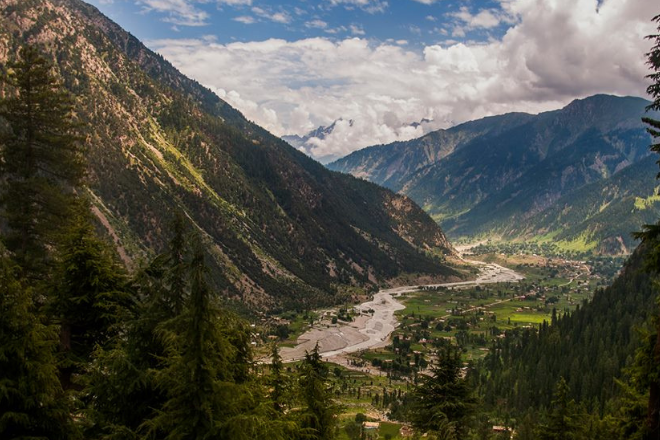
Swat Valley offers a variety of activities for all types of travelers.
- Malam Jabba Swat is a prime spot for skiing and snowboarding in the winter, and hiking and mountain biking during the warmer months.
- For adventure seekers, the breathtaking landscapes of Swat Kalam provide fantastic opportunities for trekking, with trails leading to Mahodand Lake and Utror Valley.
- Matta Swat is another town that is a great location for nature enthusiasts, featuring scenic walks and cultural sites.
- Visitors can enjoy fishing in the crystal-clear waters, and horseback riding through the picturesque landscape. Swat also offers camping sites for those who wish to immerse themselves in nature.
- Explore the local chairlift, which provides panoramic views of the surrounding mountains. The area is also popular for its adventure park, which includes zip-lining and rock climbing.
- The Swat River offers thrilling rafting experiences for adventure enthusiasts.
- Visit the Buddhist archaeological sites at Butkara Stupa and Shingardar Stupa to learn about the region’s ancient history.
Language and Culture of Swat
The local language in Swat Pakistan is Pashto, with Urdu also widely spoken. The valley’s unique combination of natural beauty, historical sites, and cultural richness makes it a special destination for travelers.
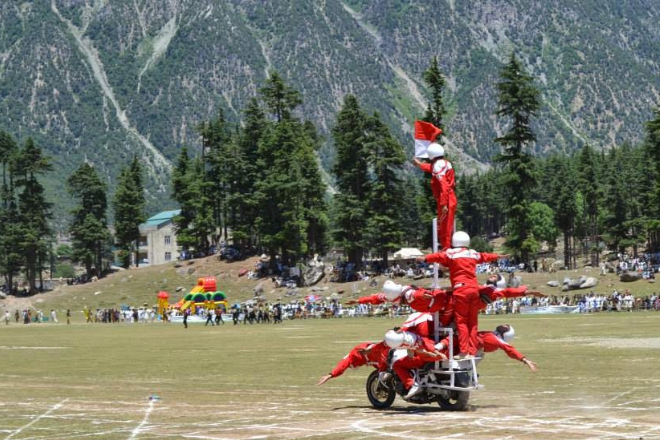
People of Swat
The people of Swat are known for their hospitality, resilience, and rich cultural heritage. They have a deep connection to their traditions, which is evident in their customs, clothing, and cuisine.
Traditional clothing in Swat includes the shalwar kameez for both men and women, with men often wearing Pakol (a woolen cap) and women donning colorful embroidered dresses.
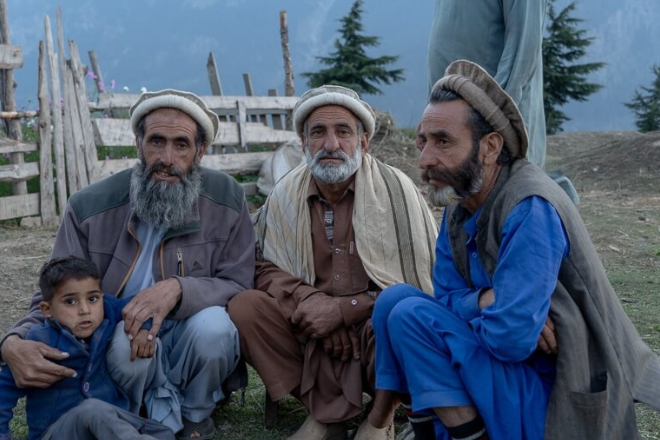
Festivals of Swat
Swat occasionally hosts festivals related to Buddhism, celebrating various events in the Buddhist calendar. Held in the town of Bahrain Swat, the Chiraghan Festival features vibrant local traditions, including folk music such as Pashto music played with Rabab and Harmonium. The dances include Attan, Khattak, and Labaik.

Unique Features of Swat
Swat Pakistan is renowned for its stunning natural beauty, historical significance, and cultural richness. The valley is part of the Hindu Kush mountain range, which contributes to its dramatic landscapes
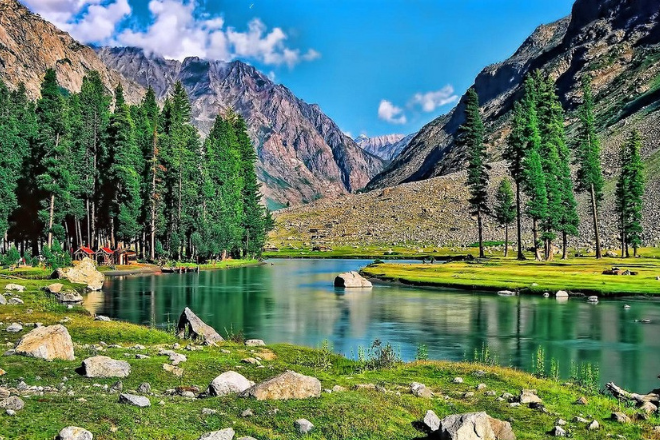
The largest lake in Swat is Mahodand Lake, a pristine spot surrounded by snow-capped peaks. The region also features several notable peaks, with Mount Elum standing out as a prominent summit

The coldest month in Swat is January, when temperatures can drop significantly. Historically, the region was known as Udyana, and it remains a key area in the study of ancient Buddhist civilizations.
Travel Tips for Swat
- What to Pack: Warm clothing for cooler evenings, especially if visiting during the shoulder seasons or higher altitudes.
- Local Etiquette: Respect local customs and dress modestly to honor the cultural norms of the area. Always ask permission before taking photos of locals.
- Language: Learning a few basic phrases in Pashto can help you connect with locals.
- Health Precautions: Bring necessary medications, as pharmacies might not have specific items you need.
- Cash is King: Carry sufficient cash, as ATMs might not be available in remote areas.
- Road Conditions: Be prepared for rough roads, especially in mountainous regions; consider a 4×4 vehicle if possible.
- Safety: Keep your valuables secure and be cautious in crowded places.
- Eco-Friendly Travel: Respect the environment by not littering and following local guidelines on waste disposal.
- Communication: Mobile coverage can be limited in remote areas, so inform someone of your travel plans.
- Emergency Rescue Number: Dial 1122 for emergency rescue services in case of an accident or emergency.
Conclusion
Swat Valley is a captivating destination that seamlessly combines breathtaking natural landscapes with a rich cultural tapestry. From historic sites and vibrant local traditions to thrilling outdoor adventures, the region offers something for everyone. Whether you’re drawn to its scenic beauty or its welcoming atmosphere, Swat Valley promises a memorable experience for travelers seeking both relaxation and exploration.


